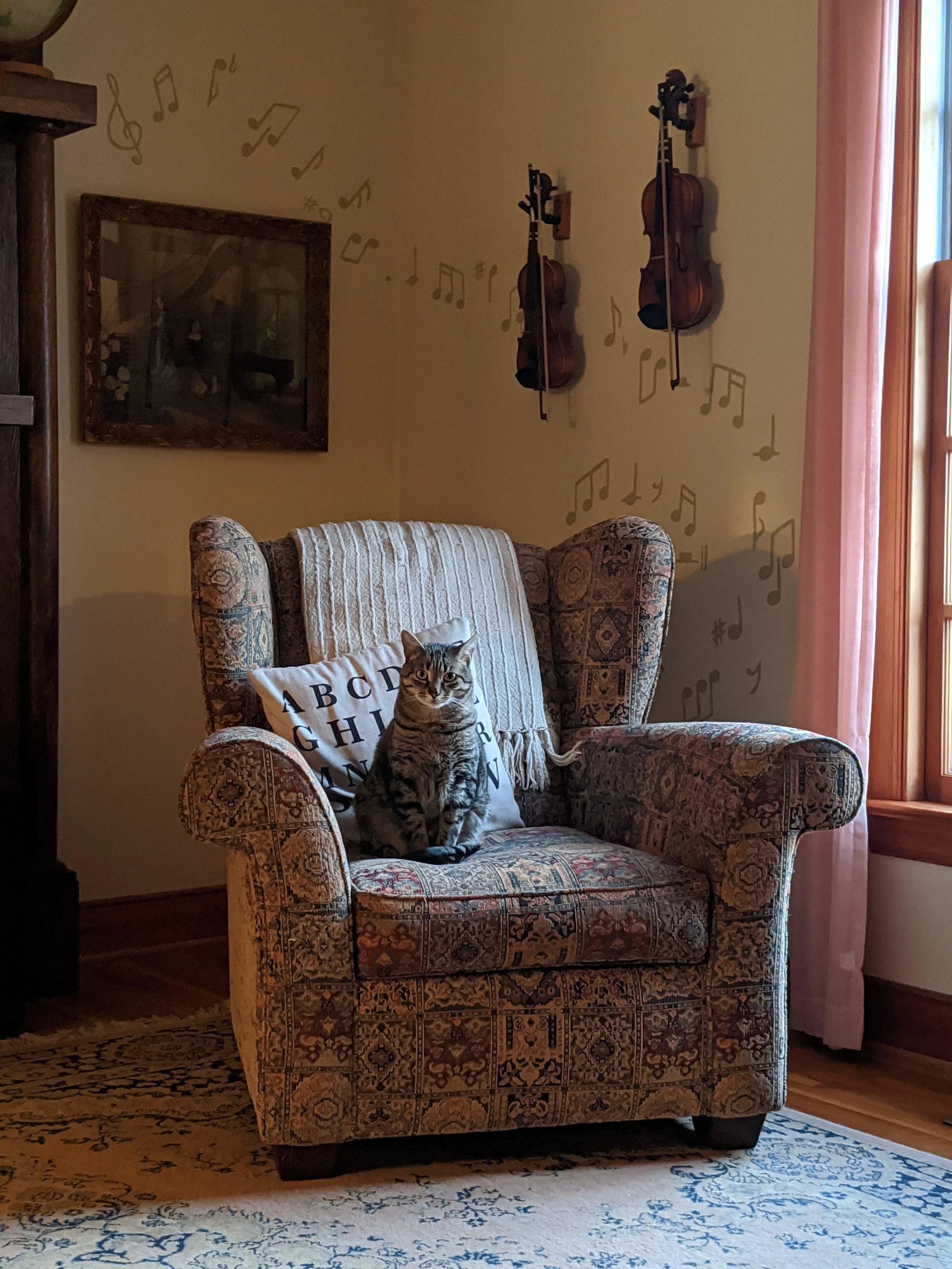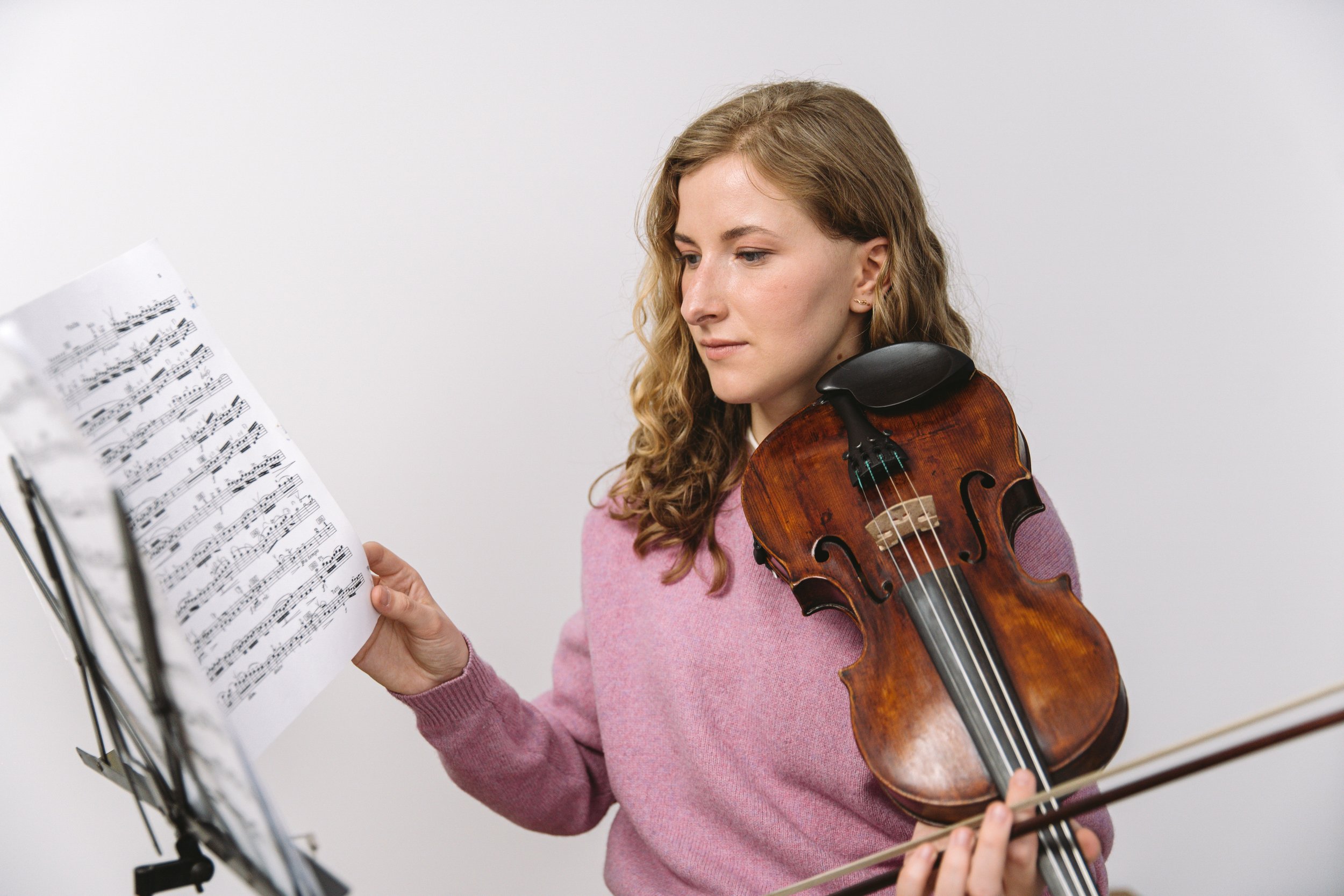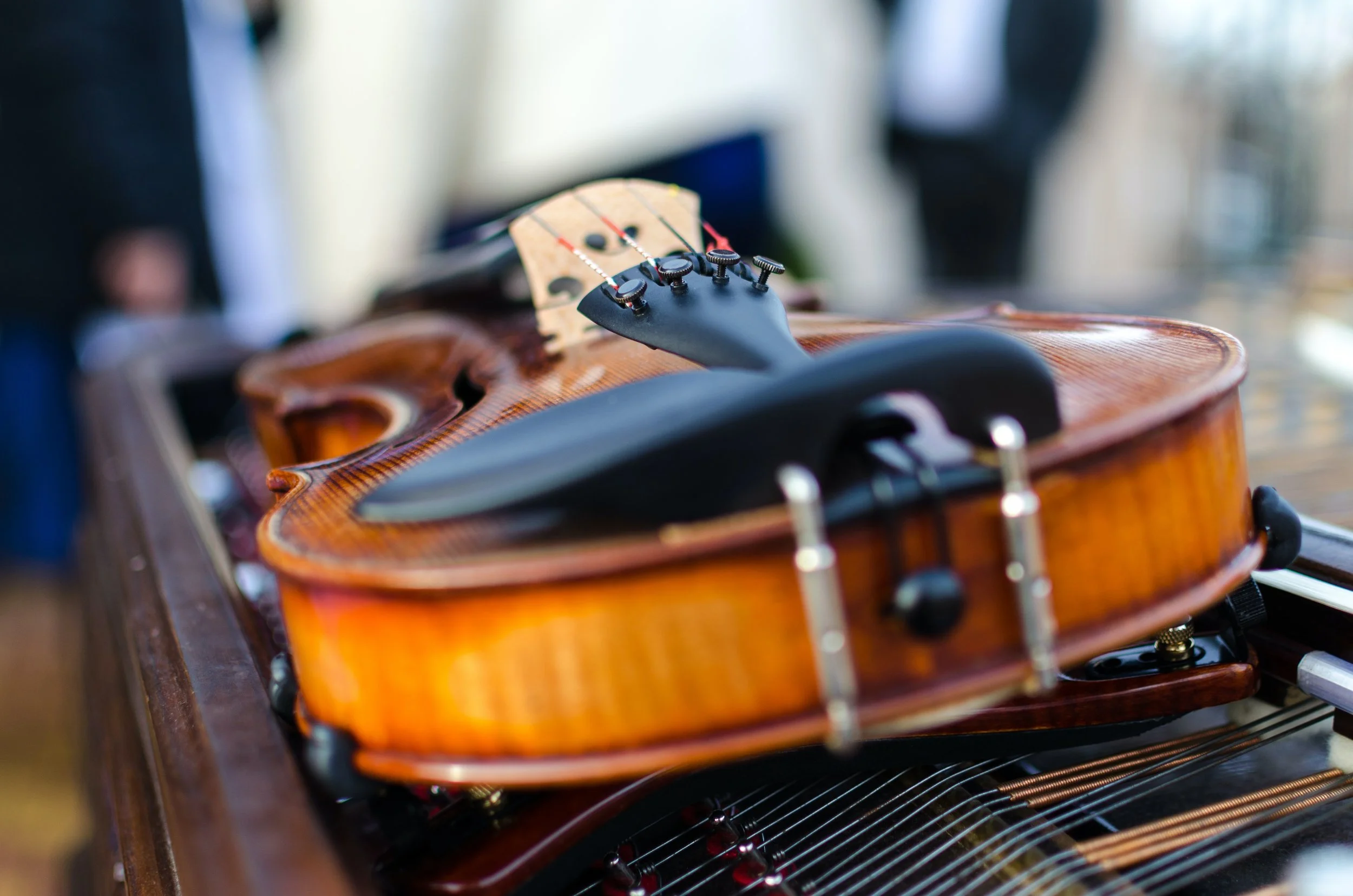Overcoming burnout in your violin practice
A question I got recently from a listener is one that felt all too personal: how to deal with burnout. If this has not occurred to you, it will sooner or later— you’re going to hit a wall in your violin practice, and will start to lose motivation.
When we’re learning violin, we’re playing the long game.
Here are 4 strategies that you can try when you’re starting to feel burnt out.
Listen via Apple Podcasts, Spotify, Stitcher, iHeartRadio, or wherever you get your podcasts.
Cut down on your practice time
You may have heard that you should be practicing every single day for 1-3 hours or more in order to become a great violinist.
And while that's true if you are trying to become a professional, I don’t think this should be the case for adult learners.
Be realistic with your schedule
Even if you're a serious hobbyist, trying to do too much at once and being unrealistic with your schedule and other obligations is gonna set you up for losing motivation really quickly.
Even if you have a a lot of time to dedicate to practicing, things come up— travel plans, a stressful week at work, a sick child…staying flexible with your schedule is key to staying consistent.
Try 10-15 minute sessions, 3 days a week
Instead of overbooking your practice calendar, try cutting down to three 10-15 minute sessions per week. This will give you enough time to cover some important practice goals, but will be manageable to implement with most schedules.
Try this for a few weeks, and then ease back into your regular routine.
Mix it up
You should be rotating through your technique exercises regularly. If you're practicing the same exact thing over and over and over again, you will get bored no matter how much willpower you have.
Rotate your warmup routine
One thing that you can really easily switch out often is your warmup routine. You can be rotating through different exercises and switching it up every day, every couple days, every week… whatever works for you .
If you want some ideas on how to do this, my warmup guide gives you an in-depth guide of how to do this really effectively.
A good rule of thumb for switching up your warmup routine is to switch out your scale every week and then focus on practicing a different technical skill every two to three practice session.
Take short breaks
If you plan to practice an hour, divide your time into three 15-minute sessions, with 5 minute breaks in between.
That will go a very long way in helping each part of your practice to feel focused.
If you only have 20 minutes to practice, try two sets of 10 minutes— if you have a plan, you can still get a lot done in a short time.
The goal is that by the end of the practice, you're still wanting more. Leave yourself something to look forward to during your next practice session. This will help you feel excited to come back to the instrument.
Give yourself space
If you’ve been feeling burnt out for a while, you may need a bit of time away from the instrument. This can be a few days, or a few weeks.
Practice something different
There are also ways of taking a break that doesn't involve actually stopping practicing the instrument. Say you've been working at a particular piece and it's taking a lot of focus— It's very difficult for you and it's just overall a challenge.
Instead of stopping the violin completely for two weeks, take a break from learning that piece. Learn something new, easier, and shorter, and momentum you build from the quick wins will help you build motivation to go back to your original project.
There’s no rush
Professionals violinists have deadlines, concert dates, and contracts that dictate their practice. But as a hobbyist, there's no deadline. There’s no money on the line, so why rush through something?
There’s no finish line when learning violin. Take your time, and enjoy the ride.
I hope that this helps to reframe things if you’ve been feeling stuck in your violin practice.
This was an elaboration from a guest interview with Laurel Thomsen— you may enjoy that episode as well.



